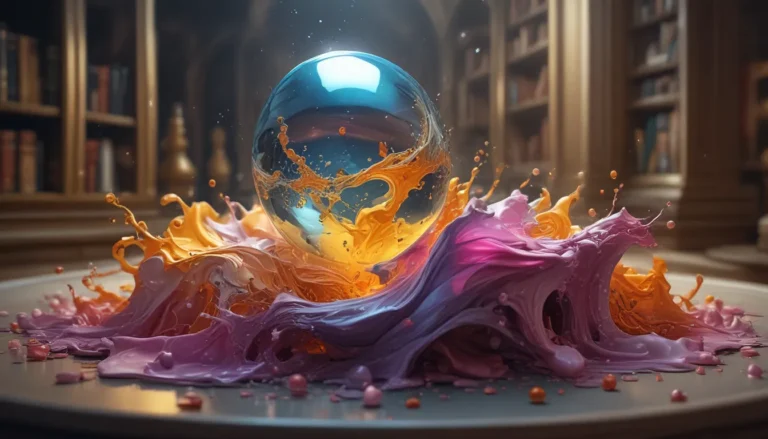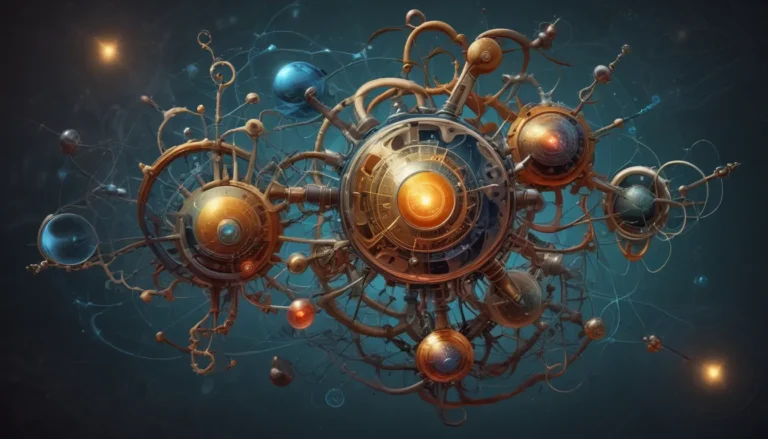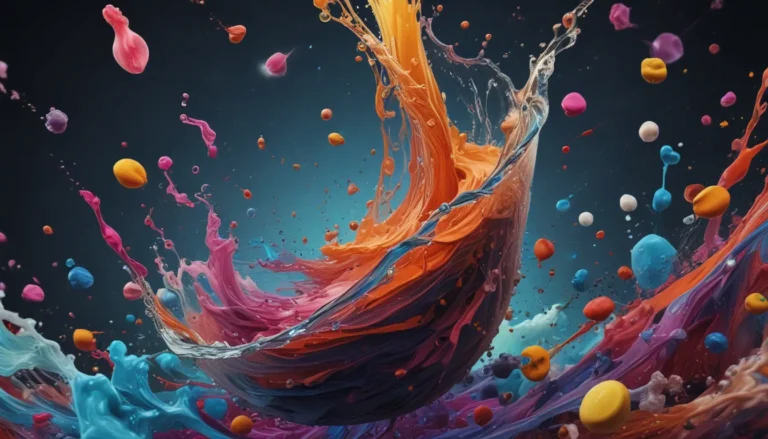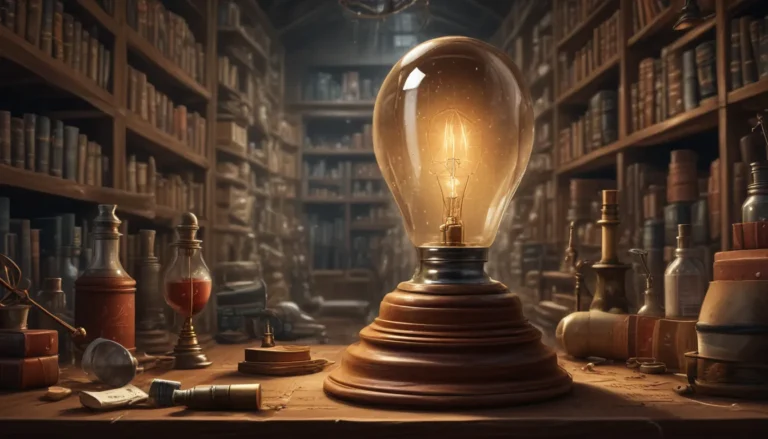A Note About Images: The images used in our articles are for illustration purposes only and may not exactly match the content. They are meant to engage readers, but the text should be relied upon for accurate information.
Have you ever wondered about the hidden secrets lying within the atomic structures of crystals? Crystal defects, those fascinating imperfections found in the orderly arrangement of atoms, hold the key to unlocking a world of possibilities in materials science and chemistry. From vacancies to dislocations, these tiny atomic surprises can shape the properties of materials, influence their behavior, and even create stunning colors in gemstones. Join us as we delve into 14 astounding facts about crystal defects that will deepen your appreciation for the complexity and beauty of crystalline structures.
The Marvels of Crystal Defects
Crystal defects are like hidden treasures waiting to be discovered within the intricate lattice of crystals. They are deviations from the perfect atomic arrangement that can bring about remarkable changes in the physical, chemical, and mechanical properties of materials. These imperfections, whether introduced during the formation or processing of crystals, offer unique opportunities for designing advanced materials with tailored characteristics.
Unveiling the World of Imperfections
-
Vacancies: Vacancies are empty spaces within a crystal lattice where atoms should be present. These tiny voids can occur naturally or be intentionally introduced through processes like doping, impacting the properties of the material.
-
Point Defects: Point defects, including vacancies, interstitial atoms, and substitutional impurities, are localized within specific points of the crystal structure, leading to alterations in the material’s behavior.
-
Dislocations: Dislocations are line defects in the crystal structure that can enhance the plasticity of materials, allowing them to deform plastically by sliding along specific slip planes. This phenomenon is crucial in understanding crystal plasticity and deformation.
-
Grain Boundaries: When crystals with different orientations meet, grain boundaries are formed. These boundaries can affect material properties such as strength, corrosion resistance, and electrical conductivity.
Impact and Influence of Crystal Defects
-
Crystal defects can alter the mechanical properties of materials, affecting their hardness, elasticity, and strength. Dislocations, for example, play a vital role in enhancing the plasticity of materials.
-
Certain crystal defects can influence the electrical conductivity of materials, crucial for the functioning of solid-state devices like diodes and transistors.
-
The presence of crystal defects can lead to color variations in gemstones by affecting the absorption and reflection of specific wavelengths of light.
Exploring the Role of Crystal Defects
Understanding Crystal Defects in Depth
Crystal defects are not merely imperfections but intriguing features that contribute to the complexity and functionality of crystals. By studying these imperfections, scientists and researchers gain valuable insights into the behavior and properties of materials, paving the way for innovative advancements and discoveries in various industries.
Applications of Crystal Defects
-
Crystal defects play a crucial role in determining material stability under different conditions, impacting reactivity, durability, and degradation over time.
-
Certain crystal defects can lead to enhanced catalytic activity, providing highly active sites for chemical reactions and improving catalytic performance in various industrial applications.
-
The study of crystal defects is essential for the development of efficient catalysts, advanced materials, and technological applications across diverse industries.
A Glimpse into the Future
Crystal defects are not random occurrences but intricate structures that shape the properties and behavior of materials. As we continue to explore the fascinating world of crystal defects, new possibilities for tailoring materials to specific applications emerge. By delving deeper into the realm of crystallography and understanding the influence of imperfections on material properties, we pave the way for groundbreaking discoveries and advancements in materials science and engineering.
FAQs: Unraveling the Mysteries of Crystal Defects
- What are crystal defects?
Crystal defects are irregularities or imperfections in the atomic arrangement of a crystal lattice.
- What causes crystal defects?
Crystal defects can be caused by impurities, temperature changes, mechanical stress, or radiation exposure in the crystal structure.
- How do crystal defects affect properties?
Crystal defects can alter electronic, optical, thermal, and mechanical properties, influencing conductivity, strength, and color.
- Are crystal defects always undesirable?
No, crystal defects can have positive effects, enhancing conductivity or catalytic activity in certain cases.
- What are the types of crystal defects?
Common types include point defects (vacancies, interstitials, impurities), line defects (dislocations), and planar defects (grain boundaries, stacking faults).
- How are crystal defects studied?
Crystal defects are studied using techniques like X-ray diffraction, electron microscopy, and spectroscopy.
- Can crystal defects be controlled or eliminated?
In some cases, precise manufacturing processes and the introduction of dopants can help control or reduce crystal defects.
- What are the practical applications of studying crystal defects?
Studying crystal defects is crucial for enhancing materials used in electronics, optoelectronics, catalysis, and energy storage applications.
As we embrace the marvels of crystal defects, we uncover a world of intricate imperfections that shape the materials we interact with daily. These imperfections are not flaws but stepping stones to innovation and progress, guiding us towards a future where materials are tailored to meet the demands of our ever-evolving world. Let us continue our exploration of crystal defects, uncovering the mysteries and possibilities they hold, and embarking on a journey of discovery and growth in the realm of materials science and engineering.






